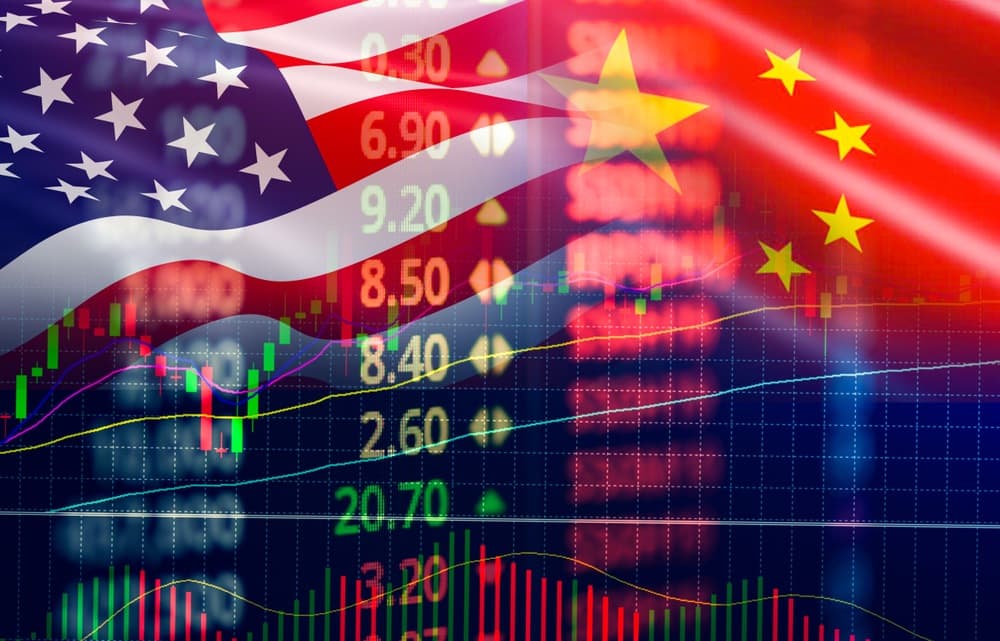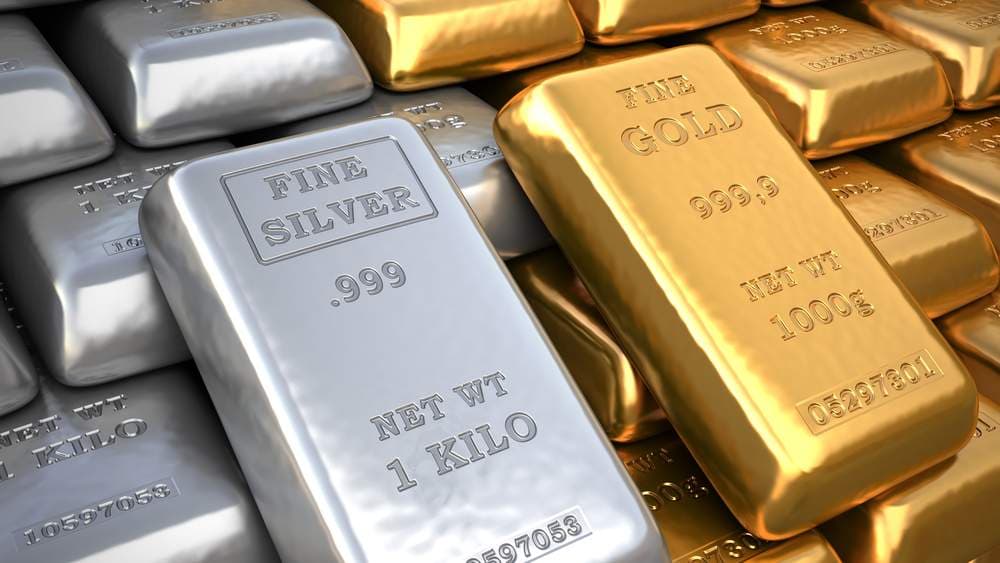
“A billion dollars isn’t what it used to be.”
-Nelson Bunker Hunt
September 2, 2025 — The US just included silver on a list of things that the economy can’t do without. Which means whoever doesn’t already own the metal will have to start stockpiling it.
GoldCore TV just posted a video explaining how dramatic a change this might be. Here is a partial transcript:
Silver has just been reclassified by the United States government as a critical mineral. And I need you to stop and really take in what that means.
This is not a line item in some government report because this is one of the largest economies in the world saying in black and white that without silver, modern life does not function.
Energy security, electronics, medical devices, even national defense all depend on it. And right now, sovereign wealth funds, billionaires, and governments are beginning to move into this tiny market.
So let’s look at why this shift is so historic, why silver is unlike any other commodity because of its unique dual role as both an industrial powerhouse and a monetary hedge, and why the recognition of silver as critical could trigger stockpiling, subsidies, and a wave of demand that the supply side simply cannot meet.
There are moments in markets when an overlooked asset suddenly begins to step out of the shadows. And silver has been doing exactly that. For the first time in history, the US Department of the Interior has included silver in its draft list of critical minerals for 2025, placing it alongside copper, lithium, and rare earths as essential to economic security.
This is more than bureaucratic housekeeping because it is a single government document reshaping how markets think about the metal. Washington now categorizes it as a material whose supply disruption or even manipulation could threaten national security and the broader economy.
And of course it comes at the very moment that sovereign investors including Saudi Arabia’s central bank are quietly building their own exposure. Now, the US Geological Survey, who is involved in compiling this list, no longer relies on static import data, but runs thousands of disruption scenarios across industries. Silver’s inclusion tells us that policymakers consider a break in supply not only possible, but damaging.
And that opens the door to federal support for domestic production and recycling. For investors, the implications extend well beyond bureaucracy.
Because silver has been elevated to the ranks of resources essential to energy security and advanced manufacturing. Now, silver is unique.
On the industrial side, it’s powering renewable energy, electric vehicles, semiconductors, medical applications, and defense applications. And on the monetary side, it remains a centuries long store of value. It is a tangible hedge when confidence in the financial system waivers.
As the analysts at Goldfix note, this dual role amplifies the designation. Manufacturers and governments will secure supply while investors treat it as a confirmation of silver’s strategic importance. And as we all know, supply chain vulnerability is real.
The US depends on imports, often from unstable regions. While demand from clean energy and medical technologies is accelerating, Washington’s move is an attempt to preempt bottlenecks, and it reflects a broader global scramble for reliable supplies.
As China dominates refining, silver is now part of this geopolitical contest. Now, signals are also coming from markets. Regulatory filings revealed that the Saudi central bank has bought positions in silver ETFs worth around 40 million combined.
The allocation is small in scale but symbolically powerful. A sovereign investor adding silver exposure just as the US government designates it critical. And Saudi Arabia is not alone. Goldfix and many others have long argued that China, Russia and other BRICS nations have been quietly stockpiling silver since 2023.
Sovereign actors are circling and governments are providing the policy tailwinds. Now I just want to highlight something that Goldfix put brilliantly earlier on today because critical status has consequences. It enables subsidies, defense production act provision and stockpiling and history shows that once a commodity is stockpiled prices move fast.
Lithium and uranium, as highlighted by Goldfix, both surged after being declared critical, while new mines lagged years behind. As they themselves put it, critical status often leads to synchronized buying and subsidy races with demand realized immediately while supply expansion lags. Silver is now sitting in exactly that position.
Now, please also consider the actions of billionaires because technology entrepreneur David Baitman recently revealed that he had invested nearly a billion dollars in precious metals, including 12.7 million ounces of silver, about 1 and a.5% of annual global supply. And his logic pretty simple. The world is drowning in debt.
The US faces impossible refinancing and precious metals are the only lifeboats. Physical possession, he insists, is everything. This is what most savers do not yet appreciate. Silver is a $25 billion annual market, tiny compared to equities, gold or crypto. If even a fraction of capital shifts in, well, the market convulses. The supply deficit is chronic. In 2024, mine production was 820 million ounces, while demand was 1.16 billion.
Recycling can’t help this. Year after year, the deficit compounds and silver is already scarcer above ground than gold. When deficit meets these policy tailwinds as we’re seeing and sovereign buying, the price response is going to be explosive.
Now for savers, the lesson is clear. Silver’s dual identity as both industrial necessity and monetary hedge offers protection not only against inflation and currency debasement, but also against disruptions to the very technologies that economics rely on. For those already holding gold, silver adds diversification with an accessible entry point.
John Rubino
John Rubino’s Substack & Grey Swan Investment Fraternity
P.S. from Addison: Grey Swan Live! continues Thursday at 2 p.m. ET with Ian King. Please note the new time. We expect our members in California will appreciate the extra time in the morning to brew coffee and prepare for Ian’s insights.
Ian’s recent predictions include a new event that could trigger a new crypto boom, sending the market cap of the space to $8.5 trillion by 2030 – as well as the latest on President Trump’s plans for a Strategic Bitcoin Reserve.
Ian will cover some of the top token opportunities in the cryptocurrency space as this asset class continues to push higher.
Don’t miss out on these great insights.
P.P.S. Finally, thanks to those of you who joined on Friday for a live Zoom call, Stop Overpaying The IRS, with the folks at Prime Corporate Services.
During the call, the team showed the tremendous value of getting set up to invest properly so that you can keep as much of your gains as legally possible — in ways that individual investors often miss out on.
Like I’ve said – this is the kind of thing that’s very personal to me. With the calendar turning over to September, the window is narrowing to get set up for 2025 and to take advantage of tax benefits you’re entitled to – if you’re set up properly.
We’ve arranged for a replay for those who missed it here, but we can’t keep this opportunity open for much longer. You can watch it here. Or go straight to checkout for your complimentary trading LLC here. Be sure to use this special code: LLC.
Your thoughts? Please send them here: feedback@greyswanfraternity.



